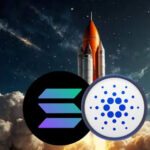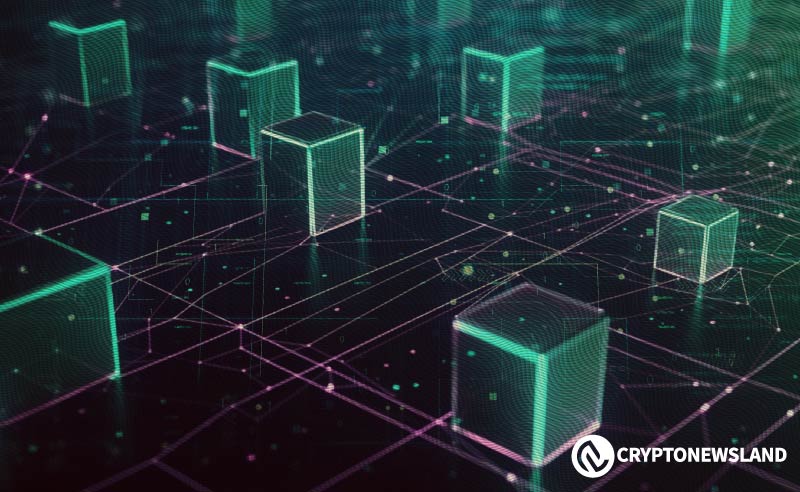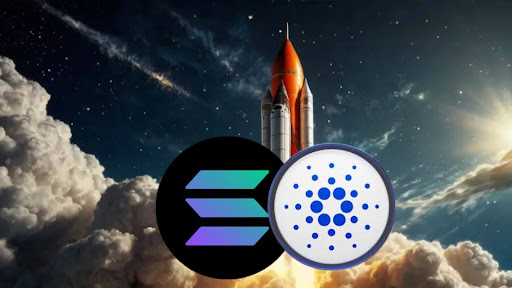- It may be explained that BlockDAG technology may be used as a promising candidate for blockchain scalability solutions.
- This is also the reason why there is a tendency for more specific Layer-1 networks for certain application types to emerge.
- The work toward bridging Layer-1 also continues to be a primary area for advancement.
With the growth of the cryptocurrency industry, Layer-1 (L1) blockchain endeavors are working on increasing the block size and enhancing security, and decentralization. It looks like, by the year 2024, five L1 projects are currently just at the forefront of creating the next generation of blockchain platforms. These projects are solving previously unsolvable problems in the decentralized ecosystem and might redefine the future of blockchains.
Kaspa (KAS): Pioneering BlockDAG Technology
Kaspa due to its integration of BlockDAG (Directed Acyclic Graph) technology has attracted many investors. This approach enables multiple blocks to be created independently which could provide far better transaction rate and overall network efficiency. To our knowledge, the consensus mechanism of Kaspa has been designed to guarantee security while acquiring a high throughput which has been a critical issue affecting majority blockchain systems.
Internet Computer (ICP): Reimagining Decentralized Computing
The Internet Computer project aims at developing a worldwide distributed computing environment. Unlike most MOOCs that are Web 2.0 based, ICP utilizes advanced cryptography and distributed systems to offer a new architecture for running Internet-scale applications. This could be the biggest which has the potential of radically changing how D-apps are built and deployed.
Sei (SEI): Optimizing for DeFi Applications
Sei created itself as a Layer-1 blockchain tailor-made for DeFi use circumstances. The project aims to achieve high throughput and low latency, both being requirements of DeFi protocols. Sei focuses on the design of specific blockchains, such an approach holds a lot of potential for the developers and users of DeFi.
Kava (KAVA): Bridging CeFi and DeFi
Kava focuses on connecting the CeFi world and DeFi. This project is focused on building cross-chain DeFi applications based on the Cosmos SDK but connected with multiple blockchains. Kava’s approach could help to bring more interaction between legacy finance and the crypto environment.
Read CRYPTONEWSLAND on
google news
ZetaChain (ZETA): Enabling Omnichain Interoperability
ZetaChain is solving the problem of inter-blockchain communication. For this project, the idea is to establish a connection or bridge by which information and value can smoothly flow from one blockchain environment to another. The overall concept of ZetaChain can be interpreted as an omnichannel approach, so the implementation of cross-chain applications and services may find new possibilities for further development.
Crypto News Land, also abbreviated as “CNL”, is an independent media entity – we are not affiliated with any company in the blockchain and cryptocurrency industry. We aim to provide fresh and relevant content that will help build up the crypto space since we believe in its potential to impact the world for the better. All of our news sources are credible and accurate as we know it, although we do not make any warranty as to the validity of their statements as well as their motive behind it. While we make sure to double-check the veracity of information from our sources, we do not make any assurances as to the timeliness and completeness of any information in our website as provided by our sources. Moreover, we disclaim any information on our website as investment or financial advice. We encourage all visitors to do your own research and consult with an expert in the relevant subject before making any investment or trading decision.











